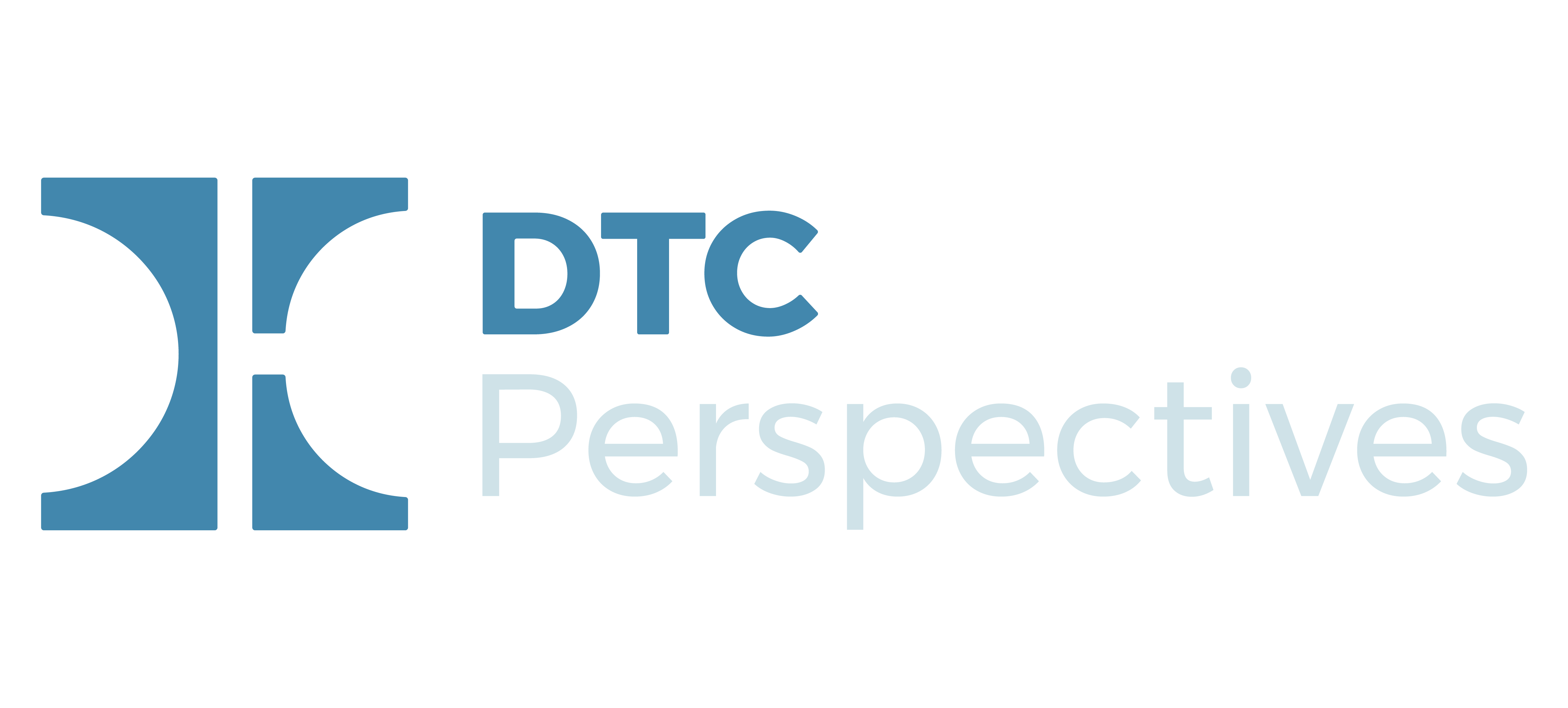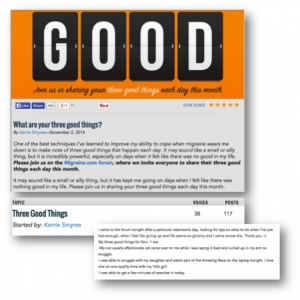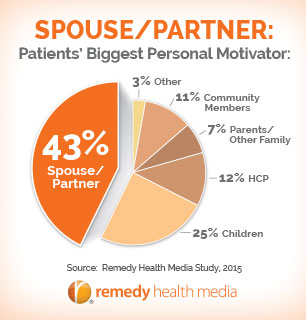It’s pretty much impossible to count how many people in the world are afflicted with disease; there are simply too many diseases and too many people to count. And if you count the loved ones of those with diseases, then it’s safe to say that virtually everyone is affected by disease.
Our global population of roughly 7 billion people is afflicted with all kinds of diseases, from infectious to non-communicable. Yet education and action are sorely lacking in developing countries and even powerhouse nations like the United States.
It isn’t till one is burdened with illness that one can actually be aware of the severity and implications of it. Unfortunately, by then we must act in a reactive mode, rather than a proactive, preventative, and healthier one.
Activating: a year of disease awareness
Disease awareness months have been around since at least 1985, when the American Cancer Society and the pharmaceutical division of Imperial Chemical Industries (now part of AstraZeneca) formed National Breast Cancer Awareness Month. Since then, every month has been claimed as an awareness month for many diseases. For example, May is Mental Health Month, Stroke Month, Lyme Disease Awareness Month, Celiac Awareness Month, Healthy Vision Month, and Arthritis Awareness Month, to name a few. The monthly “real estate” is totally crowded and the months have less impact when they are sharing with other groups who are also trying to build awareness.
The goal of awareness months is to educate and drive screening. They promote action by driving checkups, and get the larger communities involved in many different initiatives, from walks and runs to health fairs.
The abundance of disease awareness days, weeks, and months provides an opportunity to take a holistic educational view on disease states at large. Even if you’re living with and being treated for only one particular disease, it’s necessary to understand that there’s a whole universe of diseases out there. Get screened and try to prevent illness. The more you’re aware and understand what you need to do, the better chance you have of avoiding disease. And helping others avoid it, too.
Social platforms: spread disease awareness
HealthWellNext, a thought leadership publication, has created a social platform called HealthAwareNext to spotlight and educate around disease months throughout the year. They refer to it as “A Year of Disease Awareness.”
The goal of HealthAwareNext is to educate and drive awareness about disease states. Each month will feature impactful call-to-action content showcasing unique graphics that not only grab attention but educate as well, with real-world information on screening and testing for that month’s condition. The content will be spread via healthawarenext.com as well as through the social media platforms Facebook, Pinterest, Twitter, Tumblr, and Instagram. The hashtags #HealthAwareNext and #YearofDiseaseAwareness, as well as disease-specific hashtags, will drive to relevant content.
HealthAwareNext started in January by focusing on cervical health, followed by heart health in February. March was dedicated to vision health and colon cancer awareness. April put a spotlight on sexually transmitted infections (STIs), and May highlights mental health and stroke. When 2015 ends, it will be with a collection of disease month assets that are as informative as they are visually arresting, and that provide always welcome attention for these diseases. The ultimate goal is to get people to take charge of their health – and make prevention a year-round activity.












